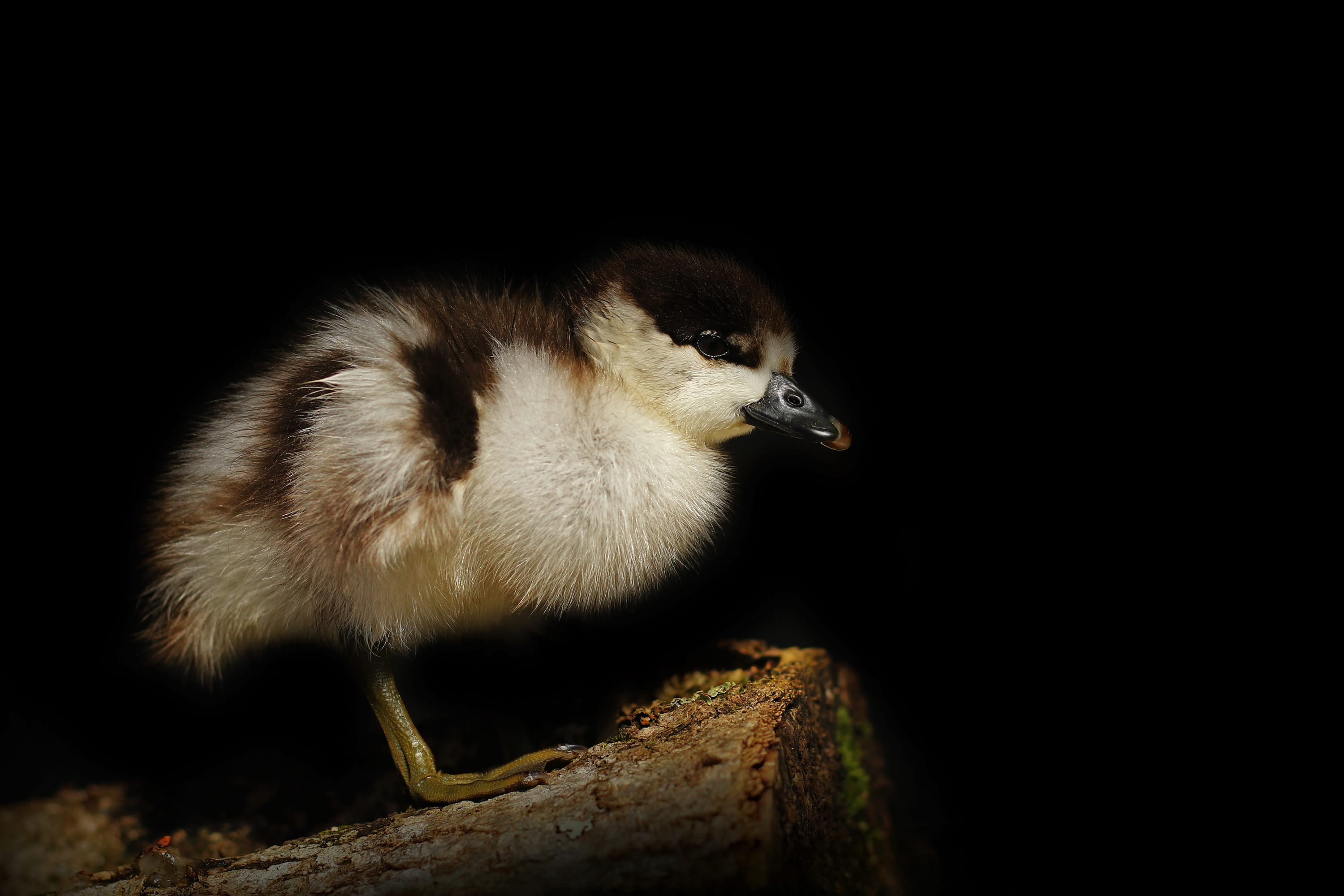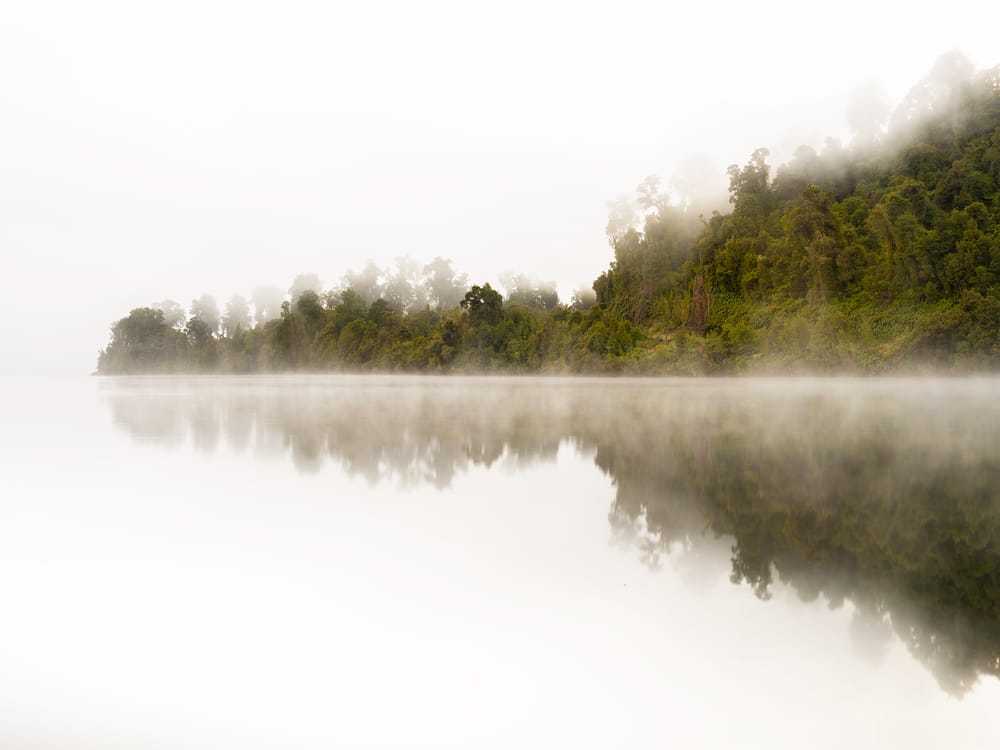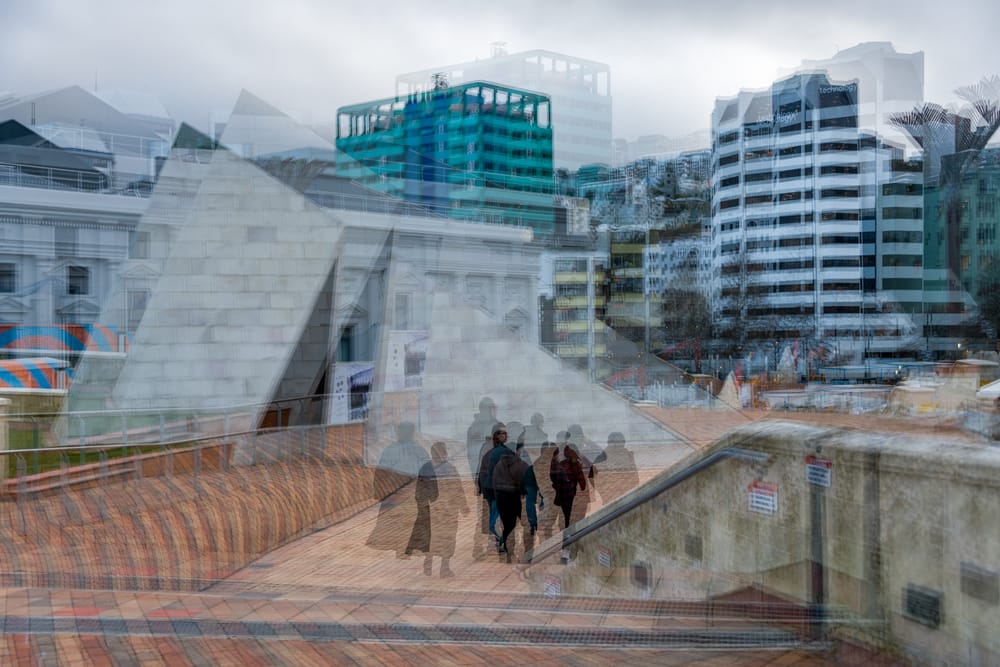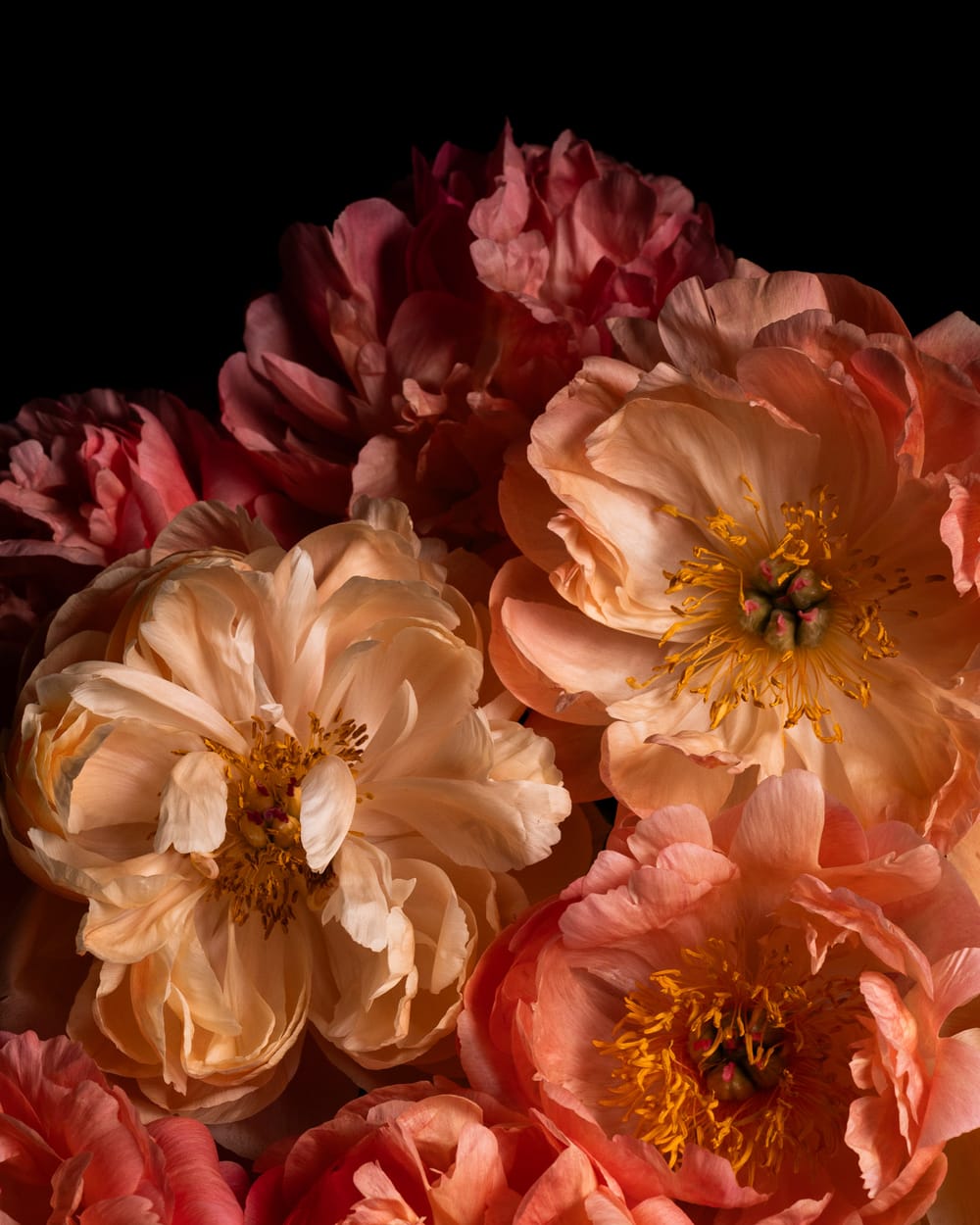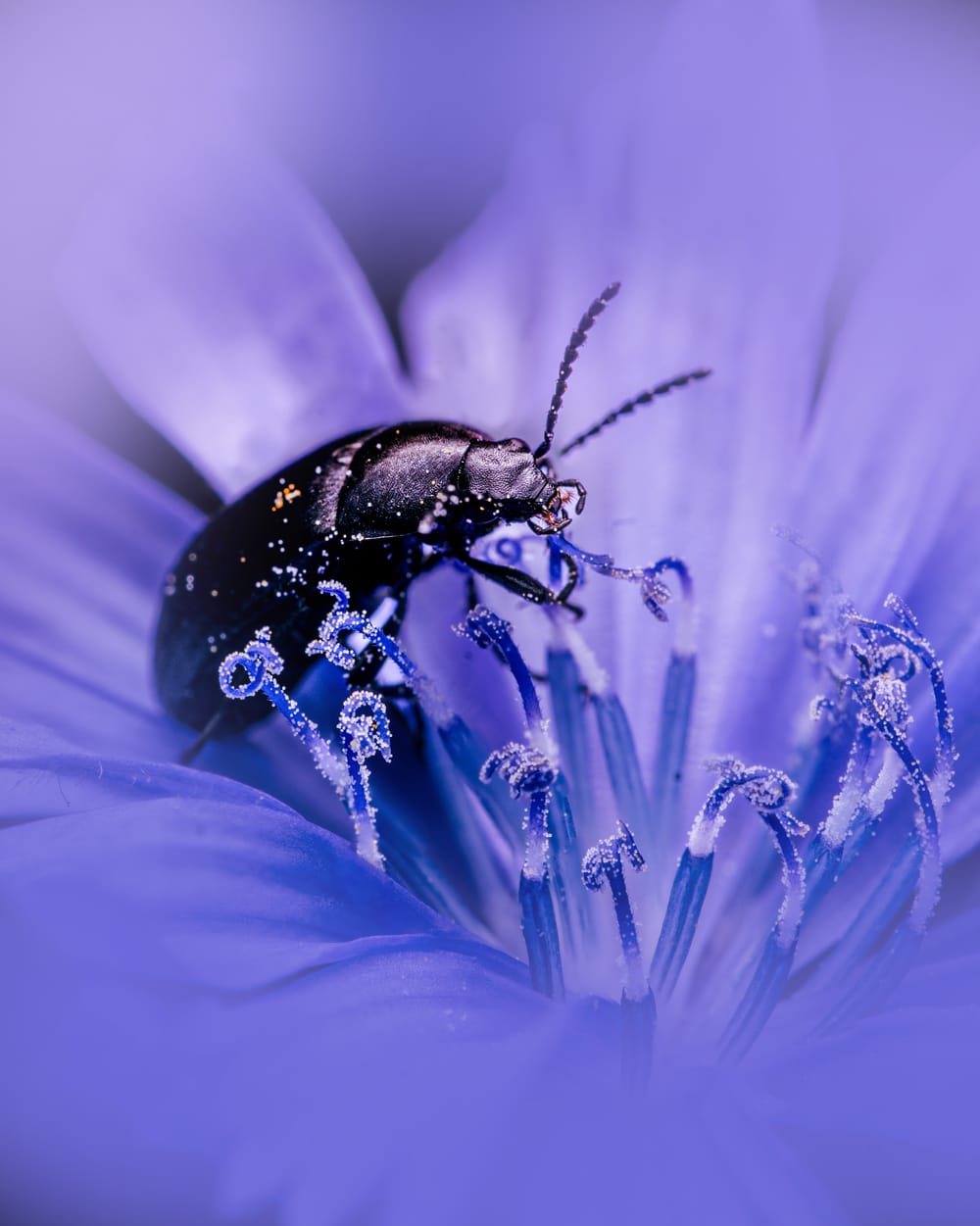After a short break in the last issue, we bring Tara Swan’s amazing article on wildlife photography back to our pages. Tara has a remarkable way of showing how light, whether soft and golden, harsh and direct, or muted by cloud, can completely transform a photograph. For her, light is not just a technical element but the key to mood, drama, and storytelling in the wild.
In this article, she shares practical tips and creative insights on working with light in all its forms, from capturing a glint in an animal’s eye to embracing the shadows and unpredictability of nature.
Wildlight: Mastering nature’s most unpredictable element
In the studio, photographers have the luxury of dials, switches, and softboxes. Out in the field, wildlife photographers have none of these. Instead, we step into the animal’s world and work with whatever the sky, forest, or open plain decides to give us. Sometimes that’s golden rays filtering through morning mist. Other times, it’s blinding midday glare or the moody dimness beneath thick canopy. The challenge, and the art, isn’t about waiting for perfect conditions but about learning how to use the light you have.
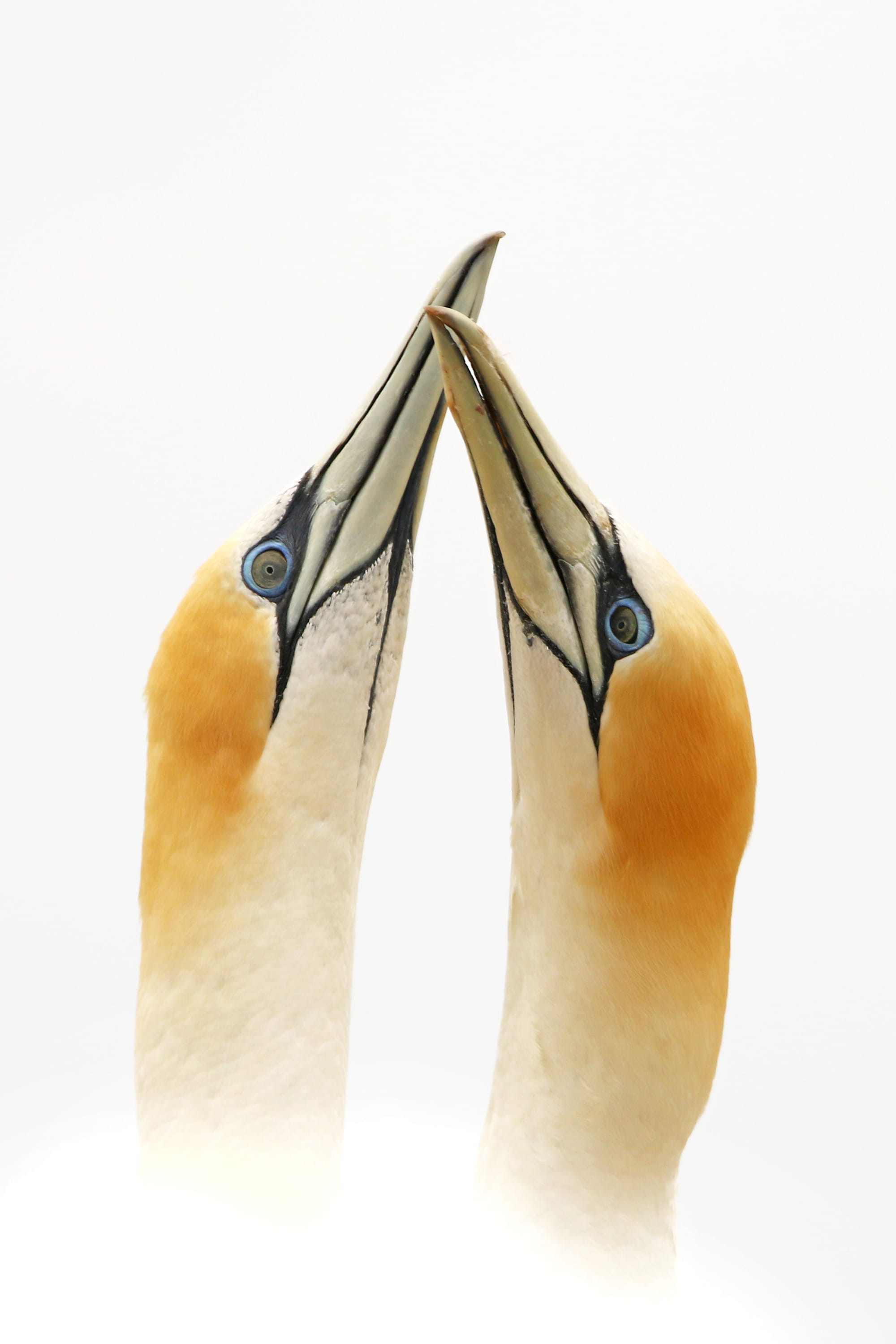
The catchlight
One of the simplest yet most powerful ways to bring life into a wildlife portrait is to capture a glint of light in the eye, the catchlight. It doesn’t matter if you’re shooting in full sun, dappled forest, or soft overcast. That tiny sparkle makes the subject feel present and alive. To find it, adjust your position until the angle of the light creates a reflection in the eye, even if it means moving a step to the side or lowering yourself slightly. Prioritise sharp focus on the eye and watch how even the subtlest catchlight transforms the image from flat to full of energy.

